When you think of horseradish, it’s usually the spicy root that comes to mind, often enjoyed as a condiment for its intense, sinus-clearing flavor. However, horseradish leaves are equally impressive, bringing their own unique health benefits to the table.
These vibrant green leaves, often overlooked, are loaded with vitamins, minerals, antioxidants, and beneficial compounds. If you’re curious about their uses and how they can support your wellness journey, read on to discover the health benefits of horseradish leaves and how to incorporate them into your diet.
#1. Antioxidant Powerhouse for Cellular Health
The antioxidants in horseradish leaves, including vitamin C and flavonoids, help neutralize free radicals in the body, preventing cellular damage that can lead to chronic diseases.
Vitamin C not only boosts immunity but also promotes collagen production, benefiting skin health and wound healing.
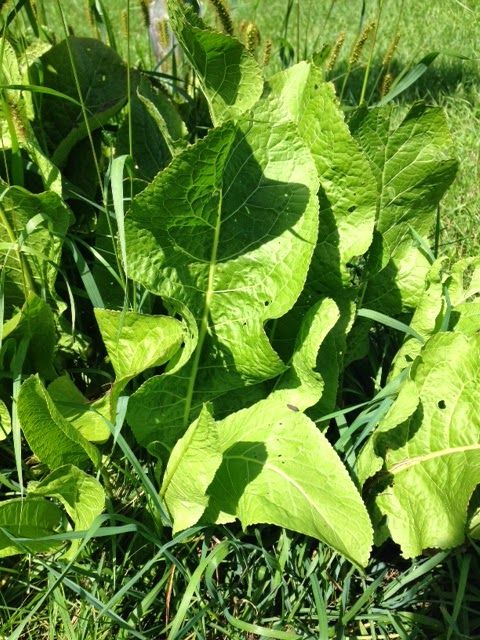
#2. Natural Anti-Inflammatory Properties
Traditionally, horseradish leaves have been used as a remedy for muscle pain and joint stiffness. Incorporating these leaves into your diet may provide gentle relief for those experiencing minor aches or inflammatory conditions.
#3. Supports Digestive Health
Horseradish leaves are high in dietary fiber, which plays a crucial role in digestive health. Fiber aids in regular bowel movements, prevents constipation, and supports a healthy gut microbiome.
Traditionally, horseradish leaves have been used as a mild digestive tonic, thought to help alleviate bloating and indigestion.

#4. Antibacterial and Antimicrobial Benefits
Much like the horseradish root, the leaves possess natural antibacterial and antimicrobial properties. This makes them beneficial in fighting harmful bacteria in the body, supporting general immune health.
Additionally, these properties may support oral health by helping to prevent the buildup of bacteria in the mouth.
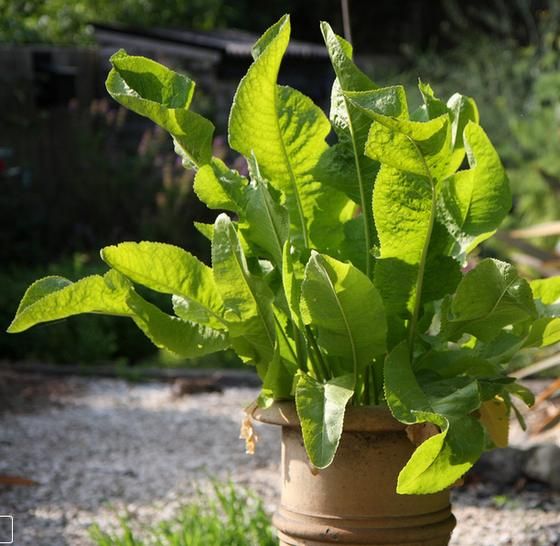
#5. Packed with Essential Vitamins and Minerals
Horseradish leaves contain high levels of vitamin C, which is essential for immune function, collagen production, and antioxidant defense. The leaves are also rich in potassium, a mineral that helps regulate blood pressure and supports heart health.
Additionally, they provide smaller amounts of calcium and magnesium, both crucial for maintaining strong bones and muscle function.
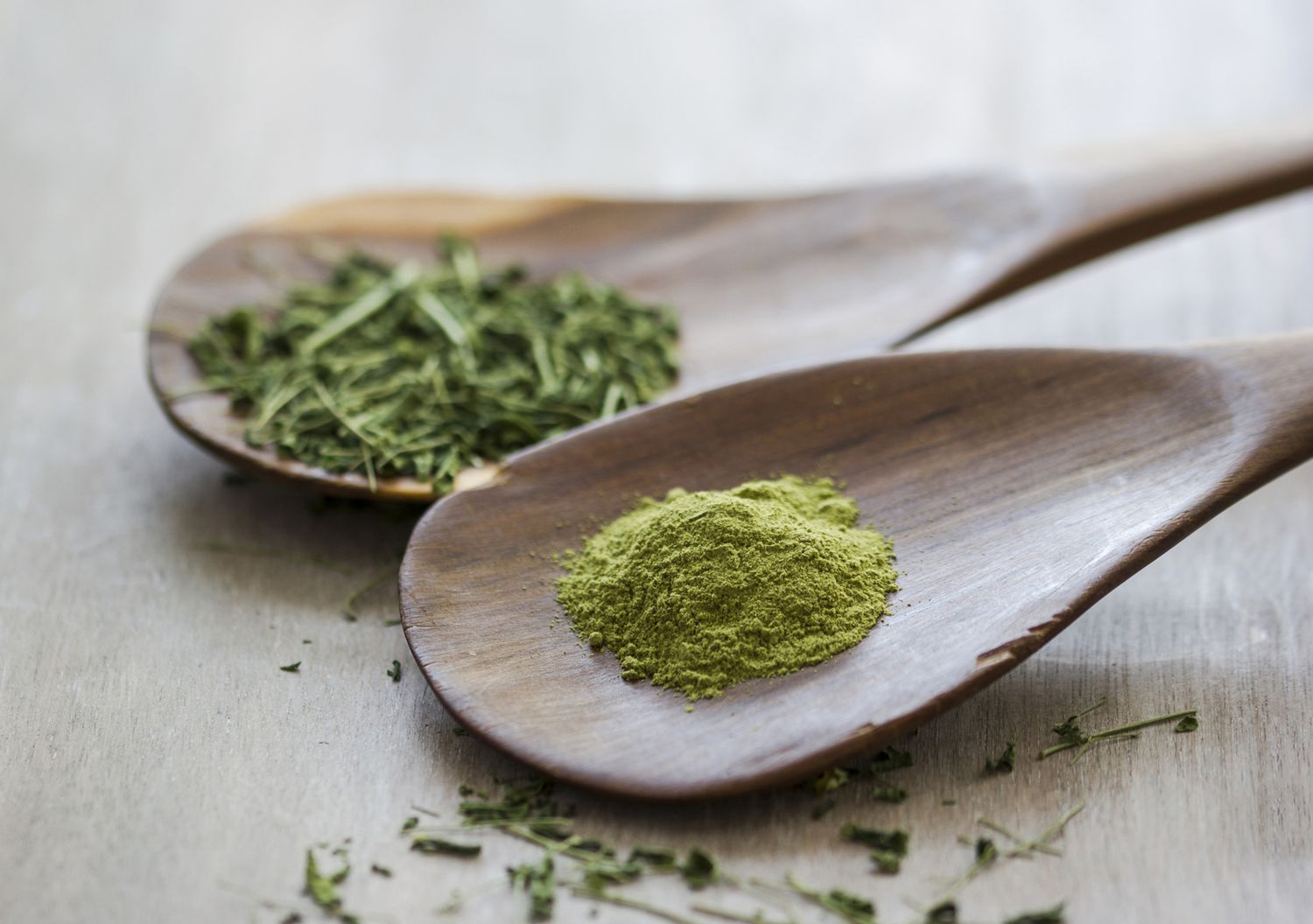
#6. Potential Detoxifying Effects
The compounds in these leaves are believed to support liver health, aiding the body in flushing out toxins.
They also have mild diuretic properties, which encourage the body to release excess water, helping to reduce bloating and support kidney health.
#7. Aids in Weight Management
Low in calories but high in fiber, horseradish leaves can support healthy weight management. Fiber promotes feelings of fullness, reducing the likelihood of overeating. This makes horseradish leaves an ideal choice for those looking to manage their weight naturally.
Besides, due to their spicy compounds, they might have a mild metabolism-boosting effect, similar to their root counterpart.

#8. Promotes Heart Health
Horseradish leaves are rich in potassium, which plays an essential role in heart health. Potassium helps regulate blood pressure by balancing sodium levels in the body, which can lower the risk of hypertension.
Some studies suggest that compounds in horseradish may help reduce LDL cholesterol levels, which is important for cardiovascular health.
#9. Benefits for Skin Health and Anti-Aging
Vitamin C in horseradish leaves promotes collagen production, which keeps skin elastic, reduces wrinkles, and slows signs of aging. Antioxidants, meanwhile, protect skin cells from damage caused by free radicals, which accelerates aging.
Traditionally, horseradish leaves have also been used as a poultice to relieve minor skin irritations, including rashes and insect bites.
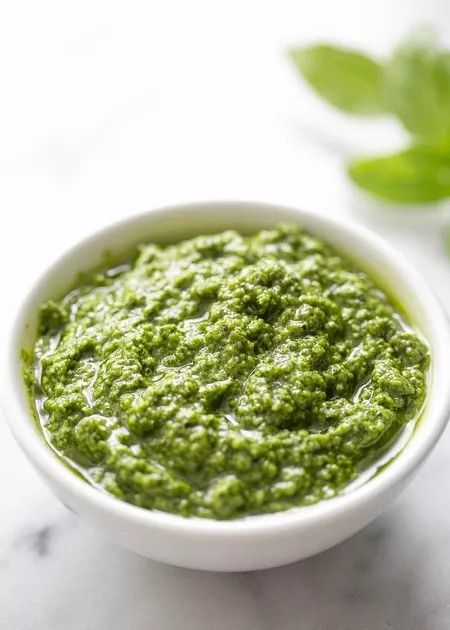
How to Use Horseradish Leaves in Your Diet
You can chop fresh horseradish leaves and mix them into salads for a peppery kick, similar to arugula. Besides, adding a handful of horseradish leaves to soups or stews can enhance flavor.
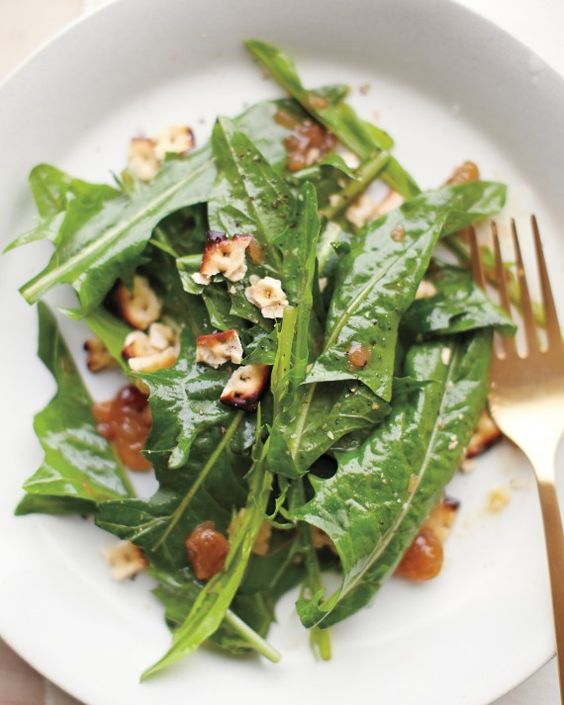
Specially, you can make a tea by steeping dried horseradish leaves in hot water. This can be a gentle digestive aid and may offer mild detoxifying benefits.
Precautions
Due to potency, consuming large quantities of horseradish leaves may cause stomach discomfort, particularly for those with sensitive digestion.
If you have kidney issues, consult a healthcare provider before consuming horseradish leaves, as they contain oxalates that can affect kidney function.
